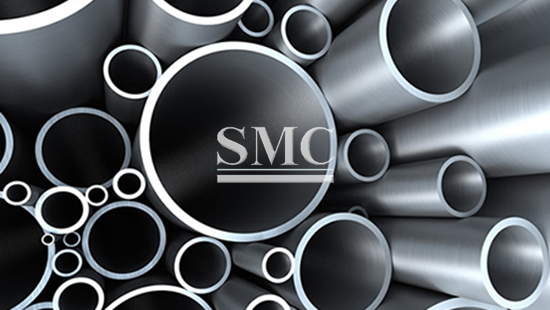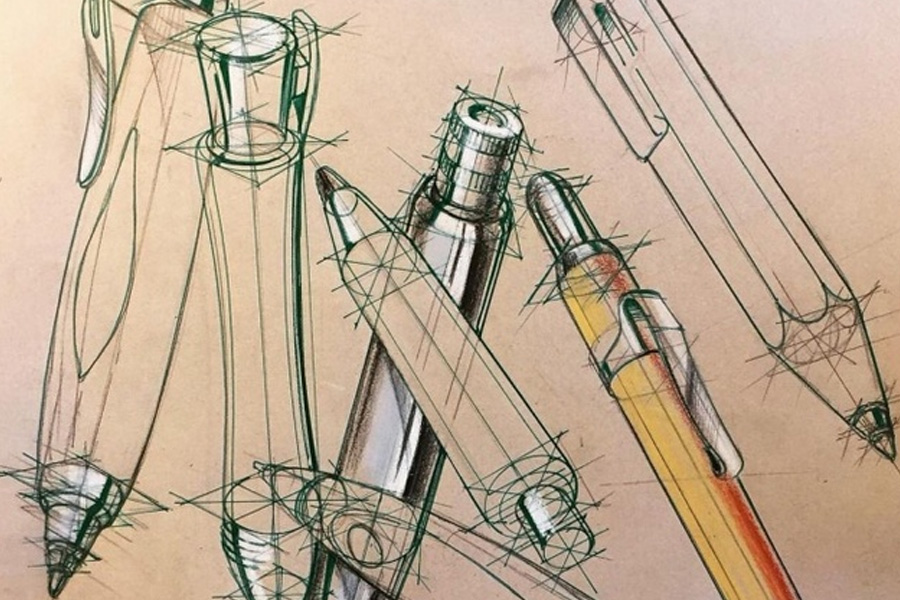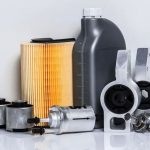Haynes-188 stainless steel, super stainless steel and nickel-based alloys are used more and more widely. Electric heating pipes are electrical components that convert electrical energy into thermal energy. Because of their convenient use, convenient installation and no pollution, they are widely used in various heating occasions.It has the characteristics of simple structure, high mechanical strength, safety and reliability, easy installation and long service life. It is widely used in various water tanks, oil tanks, acid and alkali tanks, fusible metal melting furnaces, air heating furnaces, ovens and hot stamping molds. Device. The specific forms are hot runner heating coils, heating rods, heating tubes, thermocouples, temperature control boxes, temperature control accessories and connectors and other industrial accessories.
The metal material of Haynes-188 refers to the different sizes of one or a unified type of money. In the product specification, the format of the types is arranged in order from small to large, namely:
♦ Haynes-188, bar format:
10mm-300mm round bar, length 2 meters to 6 meters
♦ Haynes-188 wire format:
Straight or round: CD5.S-2S
♦ Haynes-188 sheet stagnation format:
Foil: 0.2mm or less
Thin plate: 0.2-4.0mm
Medium plate: 4-20mm
Thick plate: 20-60mm
Extra thick plate: 60mm or more

The performance of Haynes-188 material determines the scope of application and rationality of the application.
It is mainly divided into four aspects, namely:
(1) Mechanical properties: Haynes-188 strength, Haynes-188 hardness, Haynes-188 plasticity, Haynes-188 fatigue, Haynes-188 impact initiality
(2) Chemical properties: Haynes-188 corrosion resistance, Haynes-188 high temperature oxidation
(3) Physical properties: Haynes-188 density, Haynes-188 linear expansion coefficient, Haynes-188 thermal conductivity, Haynes-188 conductivity
The development of copper strips should be adapted to the needs of electronics, power, computers and communications products. Copper is the best conductor for a wide range of applications. Brass is good and cheap, and is often used to make conductive and thermally conductive components, corrosion resistant structural parts, elastic components, household hardware and decorative materials. The higher the content of zinc in brass, the higher the strength and the lower the plasticity.
(4) Process performance: Haynes-188 cutting performance, Haynes-188 forgeability, Haynes-188 castability
As a quenching medium, the gas can adjust the quenching process according to the shape and material requirements of the workpiece, and can increase the gas flow rate and pressure to achieve the level of oil or water-based medium. It is generally believed that gas quenching adds cost and thus limits its popularity. Although the cost of gas quenching itself is relatively high, it can be compensated for by reducing the cleaning cost, improving the gas quenching problem, and reducing the grinding of the subsequent processing and reducing the depth of the hardened layer.
Haynes-188 stainless steel use:
Austenitic basic steel, widely used, Excellent corrosion resistance and heat resistance; excellent low temperature strength and mechanical properties; single-phase austenite structure, no heat treatment hardening (non-magnetic, use temperature -196T–80CTC ). Tableware, kitchens, water heaters, boilers, bathtubs and welded pipes; mufflers, windshield wipers and mouldings; instruments, building materials, chemical equipment, agricultural equipment, marine components and electronic products.
This alloy is harder than most austenitic stainless steels and requires more energy during the cold forming process. In addition, cold working generally does not affect general corrosion, as well as pitting and crevice attacks caused by chlorides, which can affect stress corrosion cracking.
Guest contributors are welcome at the Alloy Wiki.It is a weekly wiki and guide on alloy information and processing technology, while also about the vast array of opportunities that are present in manufacturing. Our team of writers consists of a Machining Material Supplier / Machinist / Tool and Die Maker, a Biomedical Engineer / Product Development Engineer, a Job Development Coordinator / Adjunct Professor, and a President and CEO of a manufacturing facility.
Link to this article:Haynes-188 Material Knowledge
Reprint Statement: If there are no special instructions, all articles on this site are original. Please indicate the source for reprinting:Alloy Wiki,thanks!^^


